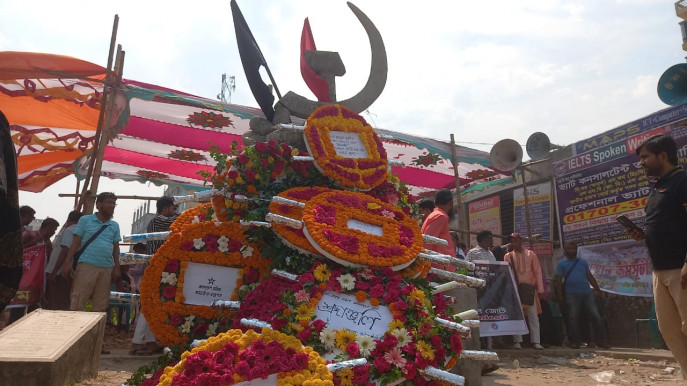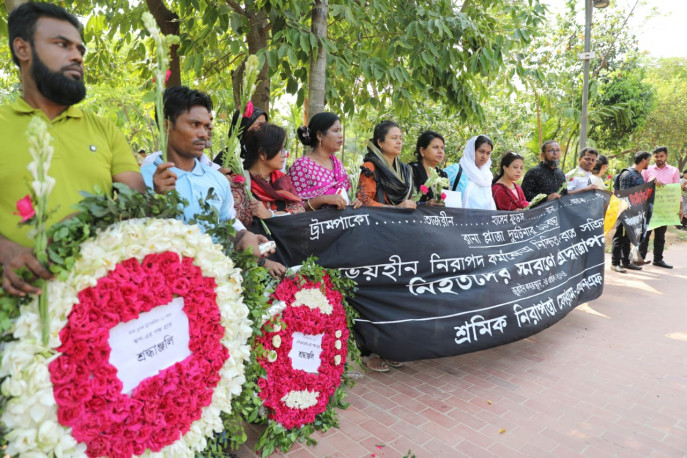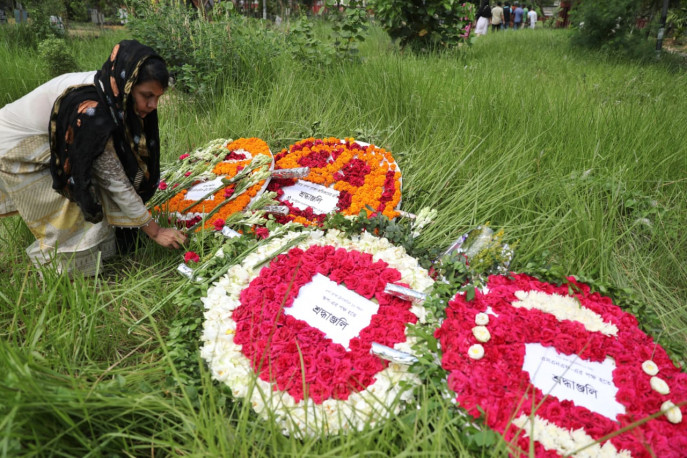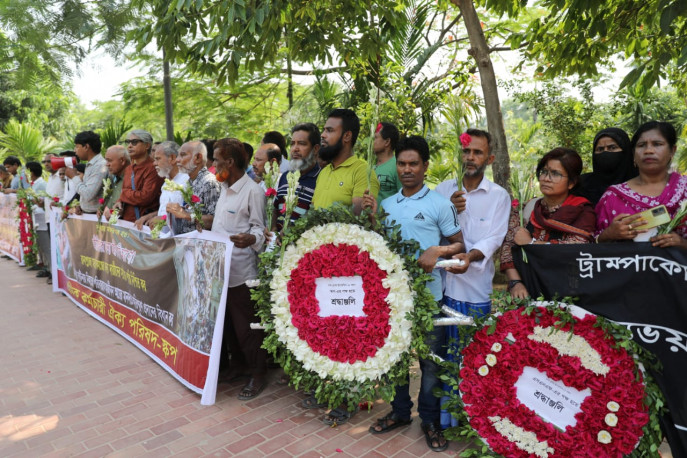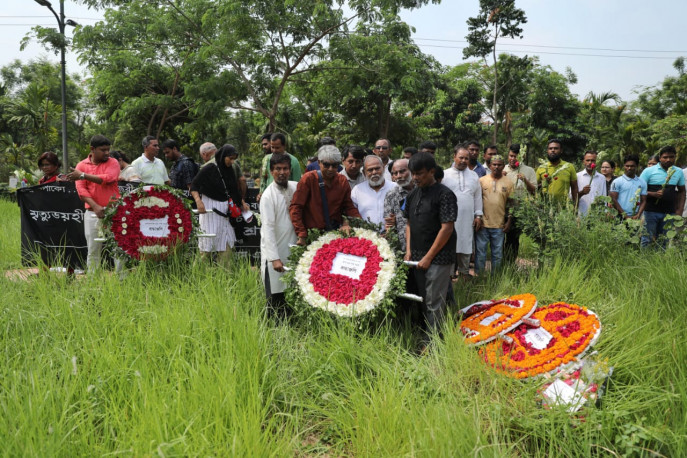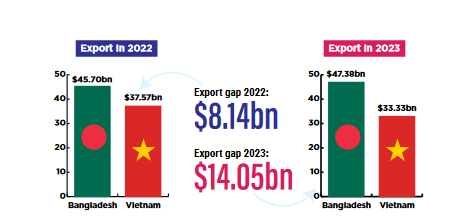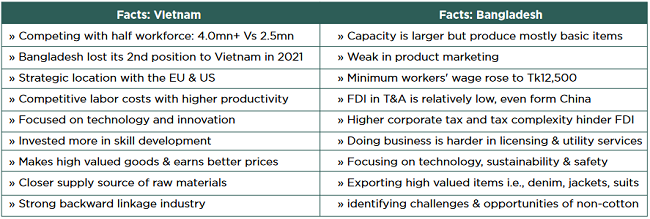ITMF and IAF Joint Conference in Uzbekistan


ITMF and IAF Joint Conference in Uzbekistan
A joint report by Uztextileprom and The Apparel Digest
Uzbekistan, a country with 447,400 square kilometers area and around 37 million population, is located in the centre of Central Asia. With a rich culture and heritage, the country also renowned for its trading history since it was one of the most important business hubs of the great silk route which connected China with Europe and the Middle East. The region also has a long track record of producing world class cotton.
President Shavkat Mirziyoyev, the visionary leader of Uzbekistan after assuming power in December 14, 2016 has initiated various transformation for the growth of country’s economy. He emphasizes the importance of value addition and thus stopped raw cotton export from Uzbekistan. President Mirziyoyev signed a decree to extend reforms in the textile industry to fully reprocess raw cotton domestically and increase the export potential of the country. His bold decision effectively has transformed Uzbek economy – converting it from a cotton exporter to a textile and garment producing country with great export potentials.
For many years, Uzbekistan Textile Industry had suffered for the embargo on its products due to alleged forced labor. Many international brands have stopped using Uzbek cotton. Thanks to a successful dialogue between Uzbek government and the International Labor Organization as well as other stakeholders, the issue has been resolved and Uzbekistan has started to get its benefits. Foreign Direct Investment (FDI) has been growing in the country due to policy reforms and government initiatives.
The Uzbekistan Textile and Garment Industry Association (Uztextileprom: https://uzts.uz/en/) is the country’s apex government body that is entrusted to work closely with Uzbek enterprises and foreign parties for the growth and development of textile and garment business. The mission and goals revolve around elevating Uzbekistan’s textile sector by bridging governmental support with private enterprise, while advancing the industry’s presence on the international stage. Uztextileprom Association serves as a steadfast partner to the private sector, acting as a bridge between the Government and textile companies. The Association actively advocates for industry interests, promotes the sector globally, and fortifies its international market standing. With a history steeped in cotton cultivation dating back to the Silk Road era, Uztextileprom is committed to transform Uzbekistan in to a prominent textile and apparel resource hub of Central Asia.
The International Textile Manufacturers Federation (ITMF: www.itmf.org), established in 1904, is one of the oldest international body that represents textile industries of the world. ITMF has been dedicated to keep its world-wide members constantly informed through surveys, studies and publications, participating in the evolution of the industry’s value chain and through the organization of annual conferences as well as publishing considered opinions on future trends and international developments. Through ITMF the textile industries cooperate at the international level with organizations representing other sectors allied to their industry. ITMF represents the textile industry towards governments, intergovernmental as well as non-governmental organizations by actively participating in discussions about the evolution of the industry.
The International Apparel Federation (IAF: www.iafnet.com) is the world’s leading federation for apparel manufacturers, brands, their associations, and the supporting industry. IAF’s membership includes apparel associations and companies from more than 40 countries, a membership that directly and indirectly represents over a hundred thousand companies and over 20 million employees. IAF brings its members together to jointly create stronger, smarter and more sustainable supply chains, it provides its members with valuable information and guidance and it represents its members on several international platforms working incessantly on more industry standardisation and harmonisation, industry collaboration and inclusiveness of solutions.
From September 8th-10, 2024 both ITMF and IAF for the first time in their histories are going to organize their annual convention jointly. This year’s venue is the ancient Silk Road city of Samarkand, Uzbekistan. Joint convention of ITMF and IAF joint convention in Uzbekistan is poised to expand the view of the country’s booming textile and garment industry.
The theme of the convention is “Innovation, Cooperation & Regulation – Drivers of the Textile & Apparel Industry”. At the Samarkand convention, IAF and ITMF will bring together the entire supply chain, including raw material suppliers, spinners, weavers, machine suppliers, garment and home textile manufacturers, brands, retailers, solution providers and educators. Industry experts and leaders will discuss the relevance of innovation, cooperation, and regulation for our industry and how they will influence and shape the future.
The convention plans to assemble stakeholders from across the supply chain, including raw material suppliers, spinners, weavers, machine suppliers, garment and home textile manufacturers, brands, retailers, solution providers, and educators.
Recognizing that manufacturers play a key role in shaping the future of fashion, the ITMF, IAF joint convention aims to foster dialogue and cooperation among stakeholders. Key topics range from environmental sustainability to digital transformation, and supply chain transparency.
ITMF and IAF conferences in Samarkand will also introduce the Uzbek textile and garment industry to the rest of the world, providing a good view of this industry, both during the conference program and during the planned factory visits.
IAF and ITMF are organizing their annual conventions together out of a strong conviction that the apparel industry and textile industry need to jointly discuss collective solutions for our common industry challenges. Textile and garment manufacturers together hold keys to the solutions that the entire fashion industry relies upon. Reduction of the environmental footprint of textile and apparel products happens at the level of fiber producers, spinners, weavers, knitters, finishers, printers, and sewing operations. Information needed to fill a Digital Product Passport or to run a 3D digital design and development operation requires an effective flow of information between all segments of the textile and apparel value chain.
Recently Chairman of Uztextileprom Mr. Mirmukhsin Sultanov had a meeting with ITMF’s Director General Dr. Christian Schindler where both have discussed elaborately on the preparations of September 8-10 conference. They have expressed their firm conviction on the success of the global meeting of textile entrepreneurs, professionals and other stakeholders.
Very recently at the Tashkent office of Uztextileprome, Chairman Sultanov met Mr Mehdi Mahbub, Founder and Editor of The Apparel Digest. Both are convinced that not only Uzbekistan Textile and Garment sector but also global companies, brands and customers would be benefitted immensely from Samarkand Conference of ITMF and IAF. It is expected that a new era of Uzbek Textile and Garment Industry would start its journey soon.








